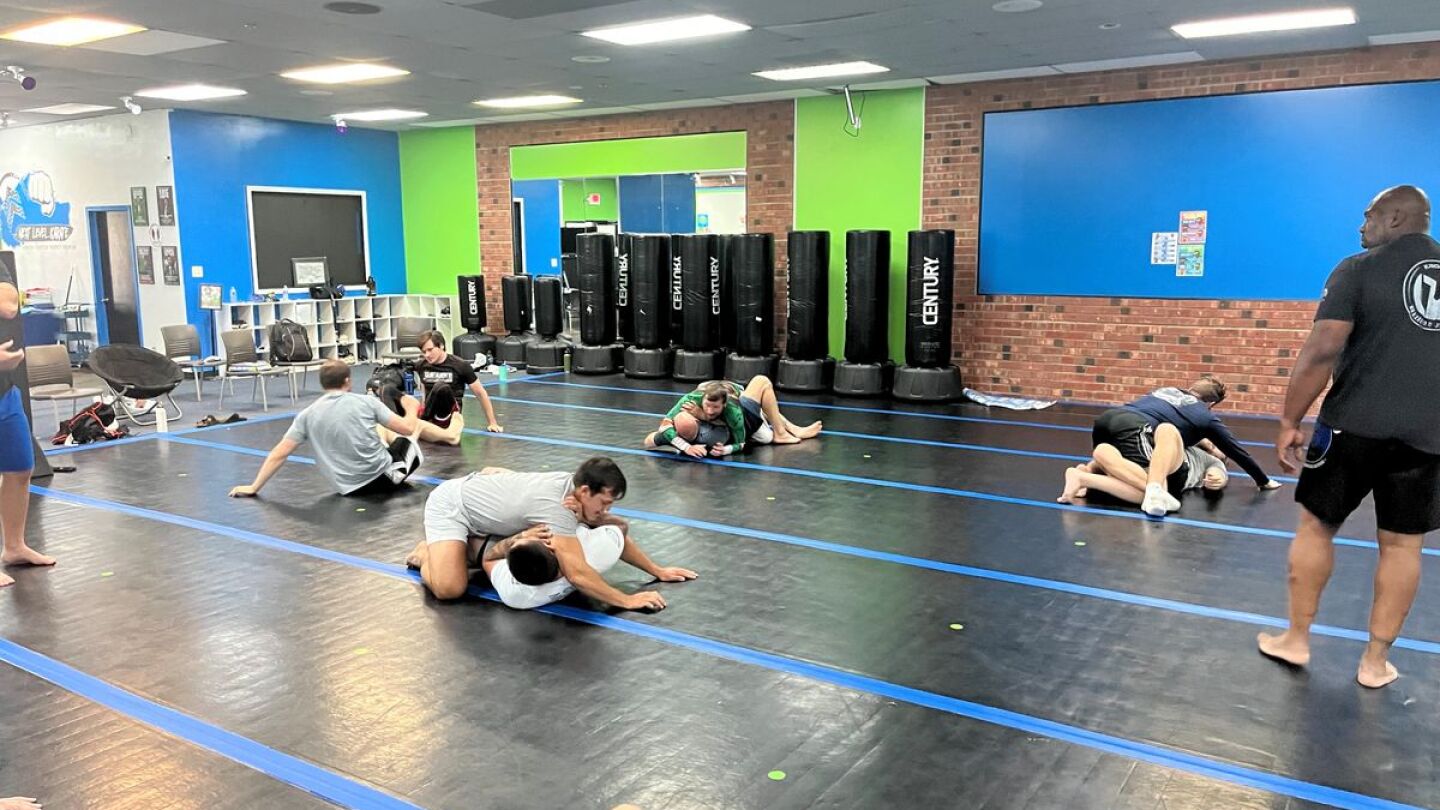Defensive tactics training for police officers
Learn essential defensive tactics to improve officer safety, control, and de-escalation in high-stress situations.
- Data-driven defensive tactics training: How real-world analysis improves police training effectiveness
- Adapting Brazilian Jiu Jitsu for law enforcement: A tactical shift in training
- Defensive tactics training: Escaping from the “chicken wing” in unarmed ambush
- Defensive tactics training: Front compliance
- 10 pre-attack behavior cues
What are defensive tactics for police officers?
Defensive tactics encompass a range of techniques and strategies that police officers use to protect themselves and others during confrontations. These include control holds, joint locks, takedowns, and de-escalation methods designed to manage resistant or aggressive individuals safely and effectively.
Why is defensive tactics training important for law enforcement?
Defensive tactics training is vital for law enforcement as it prepares officers to handle physical confrontations with confidence and control. Proper training reduces the risk of injury to both officers and suspects, ensures appropriate use of force, and enhances decision-making under stress.
How often should police officers undergo defensive tactics training?
Regular training is essential to maintain proficiency in defensive tactics. While specific requirements vary by department, ongoing practice helps officers retain skills, adapt to evolving threats, and respond effectively in high-pressure situations.
How do defensive tactics impact officer safety and public perception?
Effective defensive tactics enhance officer safety by providing tools to manage confrontations without excessive force. They also positively influence public perception by demonstrating a commitment to professionalism, restraint, and the appropriate use of force in policing.
What techniques are common defensive tactics?
Defensive tactics typically cover a variety of techniques, including:
- Disengagement
- Control holds and joint locks
- Takedowns and ground control
- De-escalation and communication skills
- Use of less-lethal tools like batons and TASERs


































